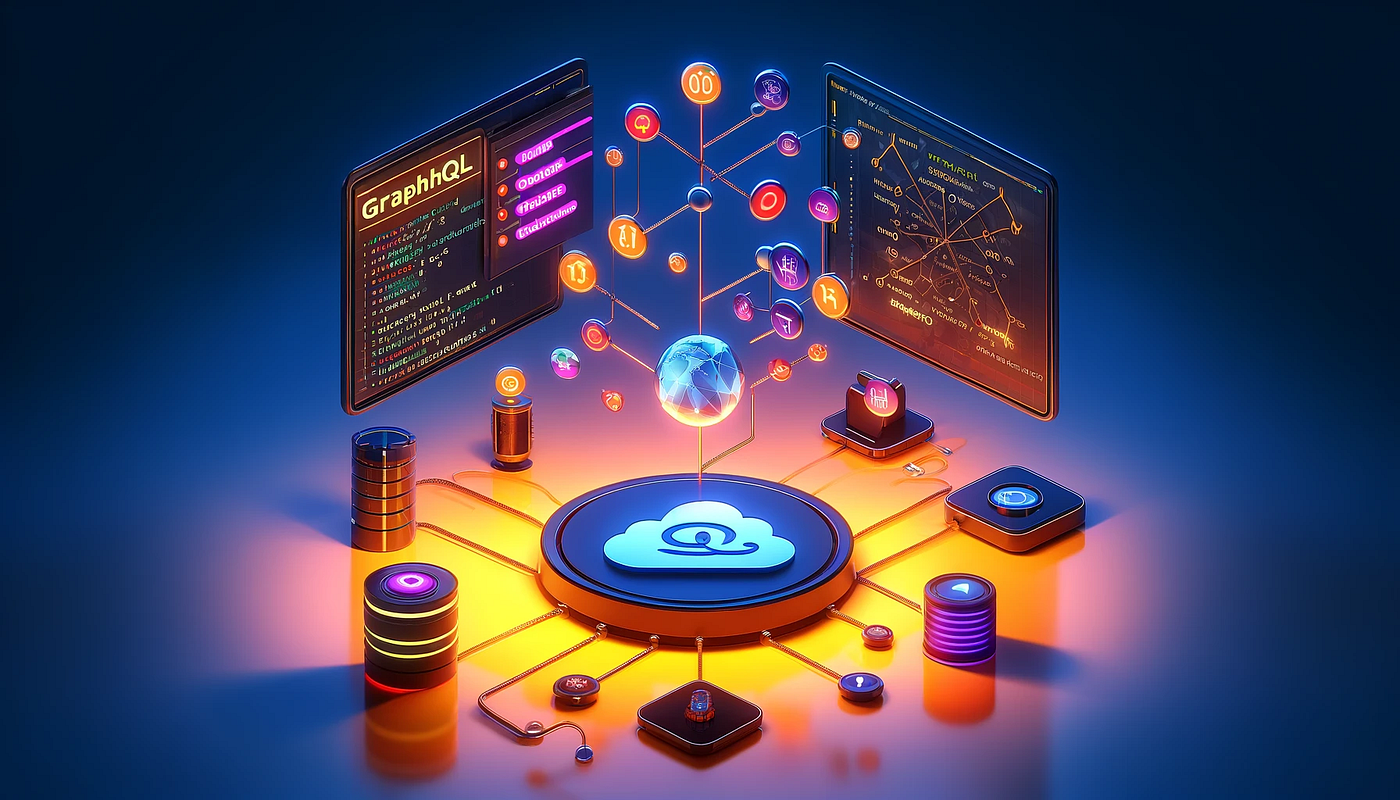API integration has become the backbone of software development, enabling systems to communicate and share data seamlessly. While REST APIs have been the standard for years, GraphQL is rapidly gaining traction as a modern alternative that addresses many of the challenges developers face. GraphQL offers a more flexible and efficient way to fetch and manipulate data, making it a powerful tool in modern API integration practices.
This article delves into the role of GraphQL in API integration, its advantages, and best practices for leveraging it effectively.
What is GraphQL?
GraphQL is a query language and runtime for APIs, developed by Facebook in 2012 and open-sourced in 2015. Unlike REST, which relies on predefined endpoints, GraphQL allows clients to request precisely the data they need, no more and no less. This flexibility makes it particularly well-suited for modern integration scenarios where efficiency and adaptability are critical.
Why GraphQL is Revolutionizing API Integration
1. Flexibility in Data Retrieval
GraphQL enables clients to query multiple resources in a single request. For example, instead of making separate API calls to fetch user data and associated orders, a GraphQL query can retrieve both datasets simultaneously:
graphql
Copy code
query {
user(id: “123”) {
name
orders {
id
total
date
}
}
}
This capability simplifies integration logic, reduces network requests, and enhances performance.
2. Reduced Overfetching and Underfetching
With REST APIs, clients often overfetch (receiving unnecessary data) or underfetch (requiring additional requests). GraphQL eliminates these issues by allowing clients to specify exactly what data they need. This optimization results in:
- Improved performance for applications with limited bandwidth.
- Reduced processing overhead on both the client and server.
3. Single Endpoint for All Queries
GraphQL operates through a single endpoint, unlike REST, which requires multiple endpoints for different resources. This simplifies API management and ensures:
- A consistent structure for all queries.
- Easier debugging and monitoring.
4. Real-Time Capabilities with Subscriptions
GraphQL supports real-time updates through subscriptions, allowing clients to receive live data changes. This is particularly useful for:
- Collaborative tools like project management software.
- Applications requiring live notifications, such as stock price updates or chat apps.
5. Strong Typing and Introspection
GraphQL schemas are strongly typed, ensuring that clients know exactly what data is available and how to query it. Additionally, introspection capabilities allow developers to explore the API’s structure, making integration faster and more intuitive.
Challenges of Using GraphQL in API Integration
Despite its advantages, GraphQL comes with its own set of challenges:
1. Complexity in Setup and Maintenance
GraphQL APIs require a well-defined schema and resolvers, which can be complex to design and maintain, especially for large systems.
2. Caching Limitations
Unlike REST, where caching is straightforward with HTTP methods and status codes, GraphQL requires custom caching strategies due to its single-endpoint nature.
3. Overhead for Simple Use Cases
For simple CRUD operations, the flexibility of GraphQL may be unnecessary and add unnecessary complexity.
4. Security Concerns
GraphQL APIs can be vulnerable to overloading queries or unauthorized data access if proper validation and security measures aren’t implemented.
Integrate Payroll API Integration
Best Practices for Leveraging GraphQL in API Integration
1. Define a Clear Schema
Invest time in designing a well-structured schema that reflects the needs of your clients and aligns with your backend architecture.
2. Implement Query Limits
To prevent resource overuse, set query depth limits and timeouts. Tools like GraphQL Shield can help manage permissions and protect your API.
3. Combine REST and GraphQL Where Necessary
GraphQL doesn’t have to replace REST entirely. Use it for complex, dynamic queries while keeping REST for simpler endpoints.
4. Leverage Tools and Frameworks
Take advantage of frameworks like Apollo Server and GraphQL Yoga to streamline development and management.
5. Monitor and Optimize Performance
Use monitoring tools to track query performance and identify bottlenecks. Optimize resolvers and databases to handle large-scale integrations effectively.
How Cobalt Simplifies GraphQL Integration
Cobalt acts as a co-pilot for engineering teams, enabling seamless integration of GraphQL APIs with other systems. Here’s how:
- Abstracted Complexity: Cobalt simplifies token management, API maintenance, and schema validation, reducing the overhead of setting up GraphQL integrations.
- Pre-Built API Support: With over 120 pre-built integrations across CRM, ERP, marketing, and other applications, Cobalt accelerates the implementation of GraphQL in diverse use cases.
- Rapid Deployment: Teams can launch integrations in days, enabling faster time-to-market for applications relying on GraphQL.
- Scalability: Cobalt ensures that GraphQL integrations can scale effortlessly to handle increasing data demands.
Conclusion
GraphQL is transforming the way APIs are integrated, offering unparalleled flexibility and efficiency for modern applications. By allowing precise data retrieval, reducing overfetching and underfetching, and enabling real-time updates, it has become a powerful tool for developers and enterprises alike. While there are challenges to consider, adopting best practices and leveraging tools like Cobalt can streamline the integration process, ensuring successful outcomes. As businesses continue to embrace API-driven strategies, GraphQL will undoubtedly play a pivotal role in shaping the future of integration


